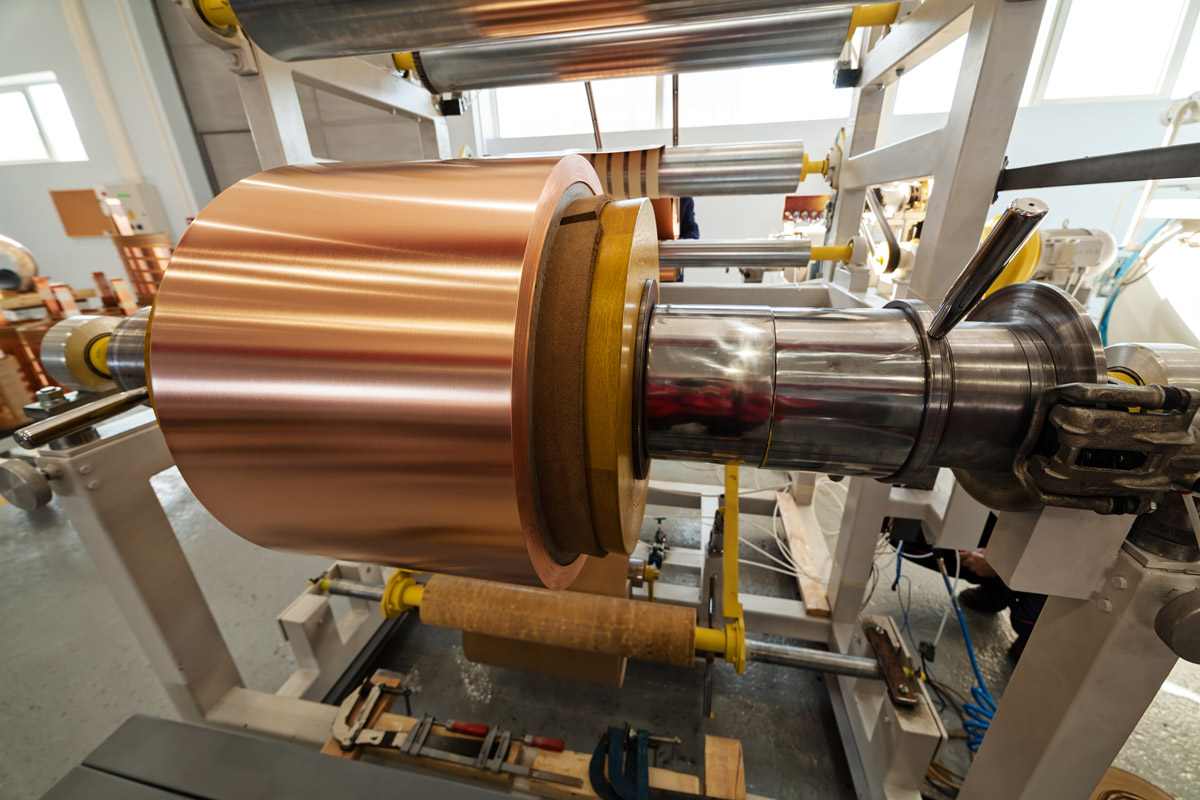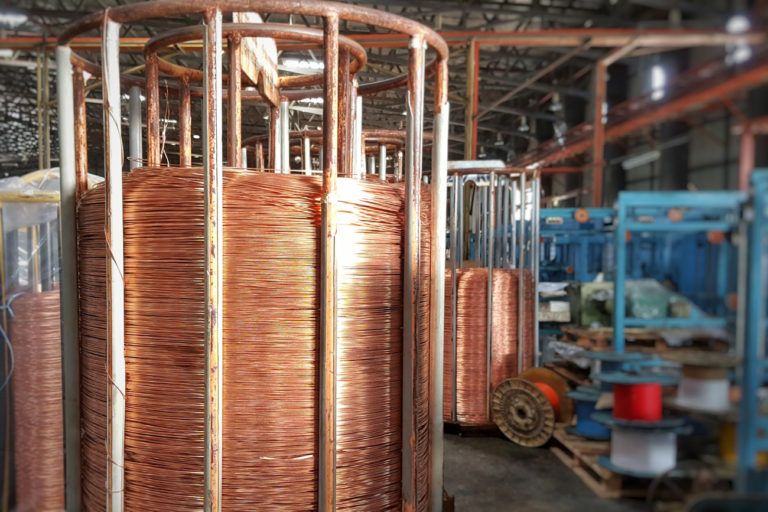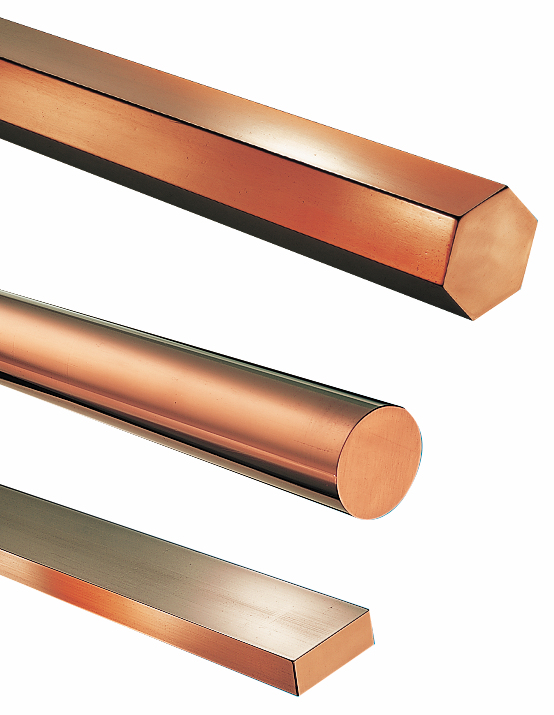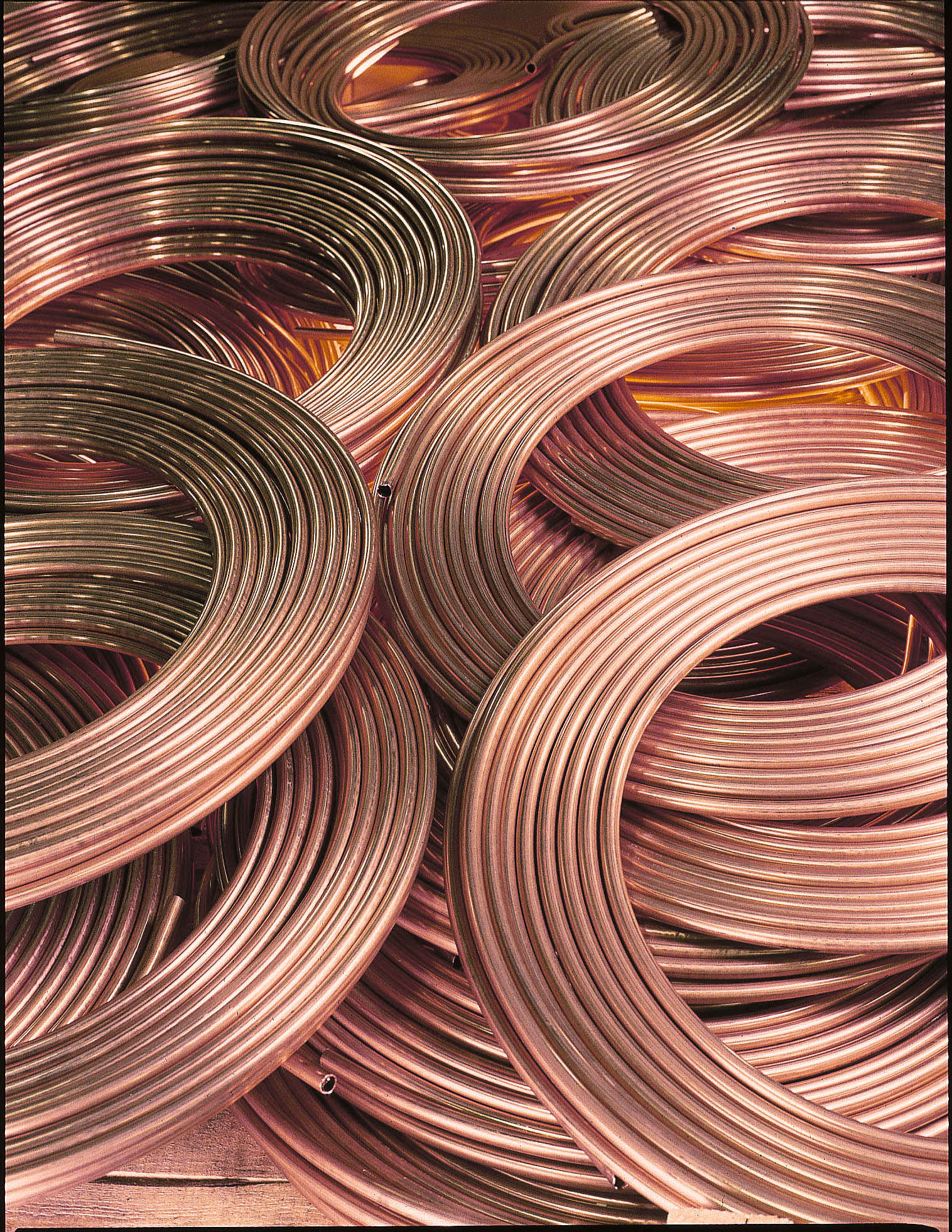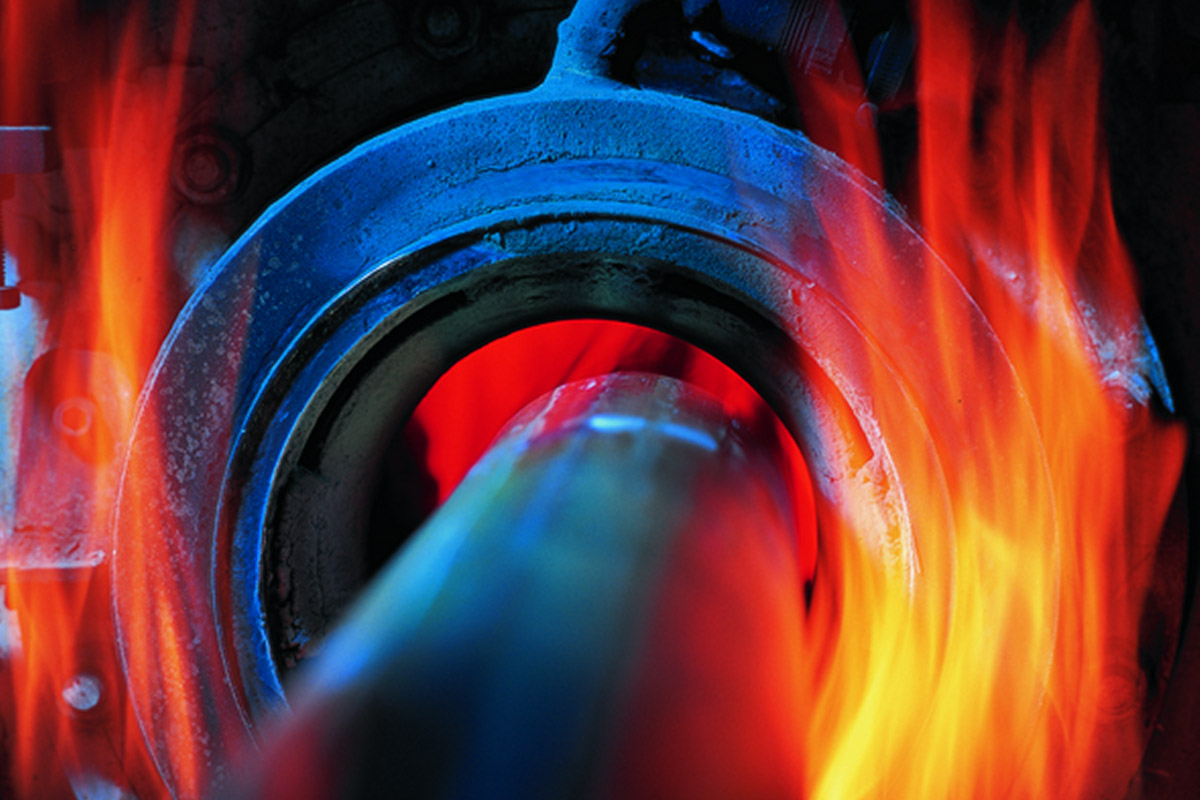
Semi-finished products
Semi-finished parts made of copper, brass, bronze are semi-finished products and represent an intermediate step in the manufacturing process to the final product. In metalworking, these semi-finished products, such as blocks, sheets, plates or profiles, are finally processed into the desired end product by means of various manufacturing processes or by forming – from parts for a wide variety of devices and machines to everyday commodities. The blocks, plates and profiles are internationally standardised.
Melting and casting
Semi-finished product production begins with the melting of the copper materials and casting into specific formats, e.g. into rolled plates, press studs, etc. Melting and casting are carried out according to a precisely predefined production programme. Both the metal input and the adherence to the alloy composition are strictly monitored before casting. The analysis for alloy monitoring and checking for possible impurities is carried out within two minutes with the aid of automatic analysis machines (spectral analysis) and a pneumatic tube system, so that the melt can still be corrected at any time before casting. Melting takes place in electric induction furnaces and the formats are cast on modern continuous casting machines. Rolled plates are preferably produced in semi-continuous continuous casting, whereas extrusion billets are produced in continuous casting.
Hot forming
Hot forming of copper materials takes place above the recrystallisation temperature. The recrystallisation temperatures for copper and copper alloys are between 750 °C and 950 °C, depending on the material composition. During hot forming, no strain hardening can occur as a result of recrystallisation, but existing strain hardening is permanently reduced (soft annealing). In addition, the deformation resistance of the metals generally decreases with increasing temperature. The different copper materials have different hot forming properties. In the case of homogeneous, single-phase copper alloys, starting from pure copper, the deformation resistance increases with increasing alloy content. However, the heterogeneous alloys of the CuZn or CuAl system have a lower deformation resistance, since the newly formed β-mixed crystal is better hot-formable than the α-mixed crystal. In the order of suitability, heterogeneous brass with at least 37 % Zn content, unalloyed copper and also CuAl alloys have the best hot forming properties, while CuSn, CuSnPb, CuNiZn and CuNi alloys are more difficult to hot form. Brass is characterised by a very low resistance to deformation in the β-phase.
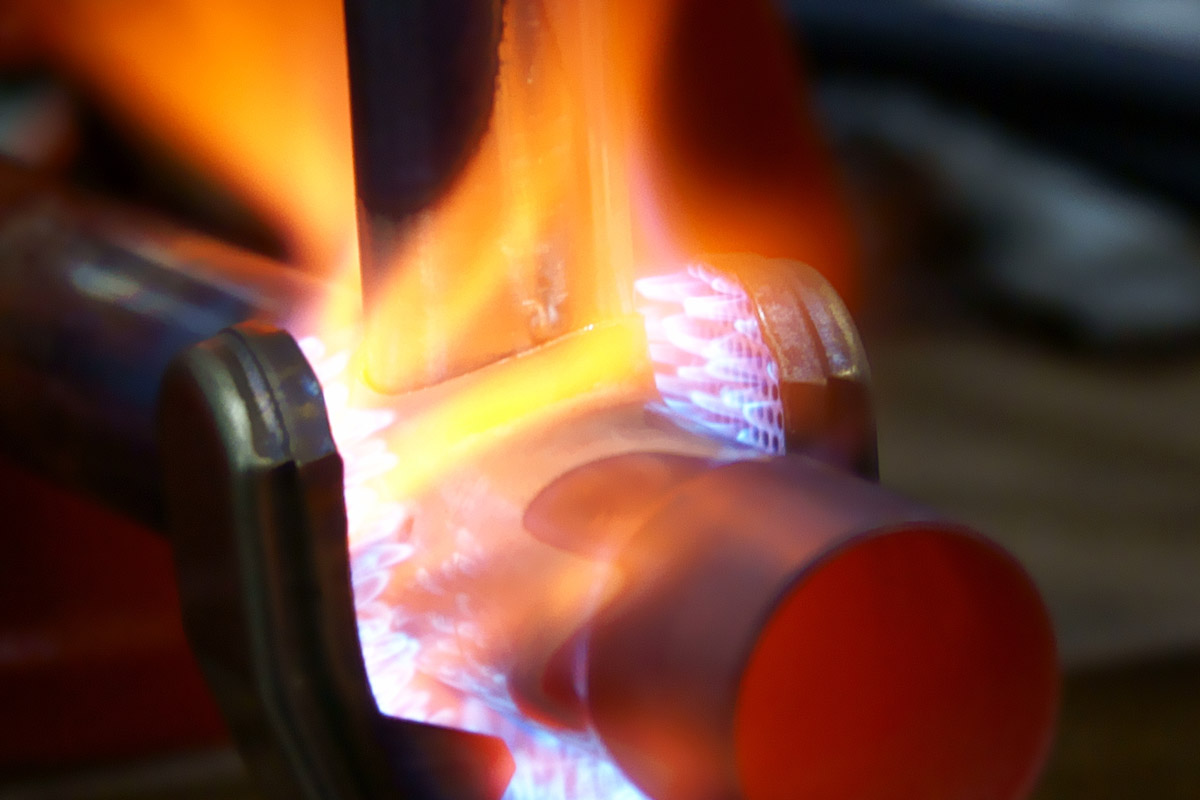
Cold forming
In cold forming, which takes place below the recrystallisation temperature, the deformation strength increases with increasing forming (strain hardening). Since the α-mixed crystal has the best cold forming properties, the homogeneous copper alloys are the best cold formable besides unalloyed copper. The rule of thumb here is that, with the exception of copper-nickel alloys, the work hardening capability of copper materials is determined by the relative level of strength in the soft state. With increasing cold forming, the strength of the material increases, its elongation and thus also its forming capacity decreases. Pure unalloyed copper and the copper-zinc alloys with a high copper content have excellent cold forming properties. But the copper-nickel alloys, most low-alloyed copper alloys and the copper-tin alloys can also be cold-formed relatively well. More difficult to cold-form, however, are the copper-aluminium, the high lead or high tin copper-lead-tin alloys and also copper-zinc alloys with high zinc contents, the β- and (α-β)-brass grades.
Are you looking for a different content?
